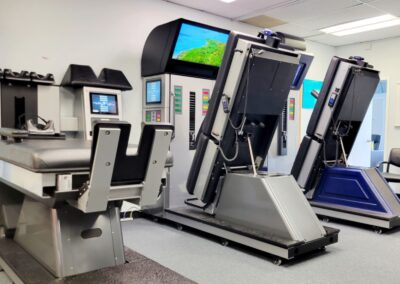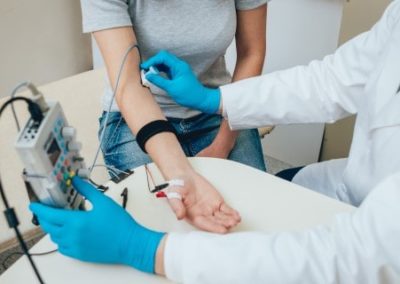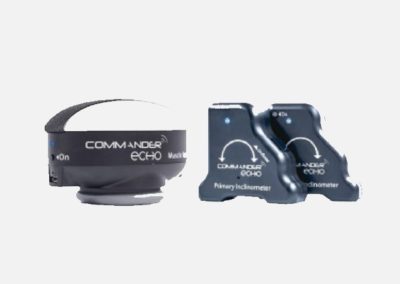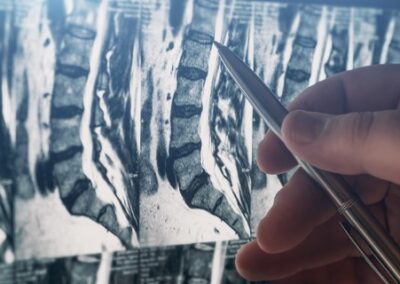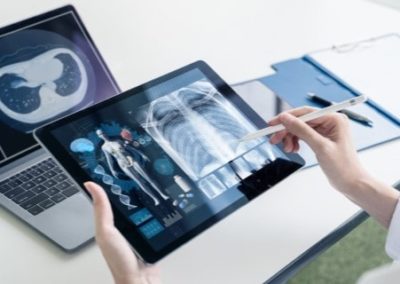Diagnostic Test

The Significance of Diagnostic Tests after Car and Work Accidents on Long Island, NY
Being involved in a car accident or work-related injury on Long Island, NY can have lasting physical and emotional effects. In such distressing circumstances, obtaining immediate medical attention and undergoing appropriate diagnostic tests is crucial. Diagnostic tests play a vital role in accurately assessing the extent and severity of injuries, allowing healthcare professionals to develop tailored treatment plans. In this comprehensive article, we will delve into the importance of diagnostic tests after car and work accidents on Long Island, NY, and explore various types of tests available
Understanding Diagnostic Tests
Diagnostic tests are medical procedures employed by healthcare providers to gather objective data about a patient’s health condition. These tests help in identifying, diagnosing, and monitoring injuries or ailments. They assist physicians in formulating accurate treatment plans based on the test results and ensure comprehensive patient care.
Importance after a Car Accident or Work Accident
Identifying Hidden Injuries: Injuries sustained in car accidents or work accidents are not always visible or immediately apparent. Diagnostic tests play a critical role in detecting internal injuries, fractures, brain traumas, and injuries to soft tissues. Some common diagnostic tests following such incidents include X-rays, CT scans, MRIs, and ultrasounds.
Accurate Diagnosis
Prompt diagnostic tests provide healthcare professionals with crucial information for an accurate diagnosis. Such tests help rule out any underlying conditions, predict potential complications, or identify pre-existing injuries that may have worsened due to the accident. This aids doctors in designing an effective treatment plan tailored to the individual’s unique circumstances.
Documenting Evidence
In case of legal disputes or insurance claims related to car accidents or work accidents, diagnostic test reports serve as essential pieces of evidence. They provide a detailed medical record of your injuries, which can help support your claim or lawsuit. These documents can strengthen your case, ensuring you receive fair compensation for your injuries and resulting expenses.
Preventing Delayed Injuries
Some injuries may take time to manifest symptoms or worsen gradually. Diagnostic tests performed immediately after an accident can help identify these delayed injuries before they become severe. By promptly identifying and treating these injuries, patients can potentially prevent further complications or chronic conditions.
Peace of Mind
Going for diagnostic tests after an accident provides peace of mind for both the patients and their families. By ruling out any hidden or internal injuries, individuals can be reassured about their overall well-being and focus on the healing process without unnecessary worry.
Different Type of Common Diagnostic Testing After an Accident or Injury
There are many different types of diagnostic tests available to help diagnose conditions. Some types are used to more accurately detect bone disorders, while other can more effectively look at the soft tissues. Similarly, there are certain tests the look at brain function and other testes look at nerve function. This can give you a better understating of the most commons tests ordered after injuries
Computed Tomography (CT) Scan
CT scans combine X-ray technology with computer-generated cross-sectional images to provide detailed and three-dimensional views of the body. CT scans are especially valuable in detecting internal injuries, fractures, brain injuries, and internal bleeding following car or work accidents.
Magnetic Resonance Imaging (MRI)
One of the most widely utilized diagnostic tests is the MRI scan. MRI uses a powerful magnetic field and radio waves to create detailed images of internal body structures. It is particularly useful in assessing soft tissues, such as ligaments, tendons, and organs. After a car or work accident, an MRI can help identify internal injuries, spinal disc damage, nerve compression, and brain trauma.
Magnetic Resonance Angiography (MRA)
MRA is a specialized MRI technique that focuses on blood vessels within the body. By using a contrast agent, MRA allows healthcare professionals to assess the blood flow through specific blood vessels, identify any obstructions, or detect signs of vascular injury.
Plain Film Radiology (X-Ray)
X-rays are a commonly performed diagnostic test after accidents, providing quick and detailed images of bones. X-rays can help detect fractures, dislocations, or signs of trauma to the skeletal system. These tests are essential for identifying broken bones caused by both high- and low-impact accidents.
Video Fluoroscopy (Motion X-Ray)
Video fluoroscopy is a dynamic imaging technique used to visualize the movement and functionality of joints, muscles, and other bones in real-time. This test is particularly helpful in diagnosing joint injuries, ligament tears, and muscle strains. Video fluoroscopy allows healthcare professionals to observe the affected area during motion, which aids in in-depth analysis and diagnosis.
Electrodiagnostic Tests
Electrodiagnostic tests, including electromyography (EMG) and nerve conduction studies (NCS), are valuable tools for assessing nerve and muscle function. These tests are particularly useful in diagnosing injuries related to nerves or the musculoskeletal system. EMG measures the electrical activity of muscles, while NCS assesses the speed and strength of nerve signals.
Electroencephalogram (EEG)
EEG is a diagnostic test used to analyze the electrical activity in the brain. Though often associated with neurological conditions, EEGs can also be beneficial after accidents to evaluate brain function and detect brain injuries, such as concussions or other traumatic brain injuries.
Sonogram/Ultrasound
Ultrasound, also known as sonography, uses high-frequency sound waves to create images of various body structures. This non-invasive and painless test is often employed to examine soft tissues, such as tendons, ligaments, or organs. Ultrasound is an effective diagnostic tool for identifying injuries, including sprains, strains, and fluid buildup.
Diagnostic Test in Long Island, NY Conclusion
Anyone involved in a car accident or work accident in Long Island, NY should prioritize their health and well-being. Diagnostic tests play a vital role in identifying injuries, ensuring an accurate diagnosis, and guiding effective treatment plans. Seeking immediate medical attention and undergoing appropriate diagnostic tests enhances the chances of a complete recovery while also assisting with any legal procedures or insurance claims. In cases of accidents, never underestimate the importance of diagnostic tests as they are the first step towards healing and reclaiming your life. In the wake of car accidents or work-related injuries on Long Island, NY, prioritizing immediate medical attention is crucial. Diagnostic tests play an integral role in assessing injuries accurately and developing effective treatment plans. Tests like MRI, X-ray, video fluoroscopy, electrodiagnostic tests, EEG, sonogram, CT scan, and MRA provide healthcare providers with essential information about the extent of injuries, helping them deliver personalized care. By undergoing these diagnostic tests, individuals living on Long Island, NY can ensure the best chance of recovery, aid in legal proceedings, if necessary, and regain control over their lives.

